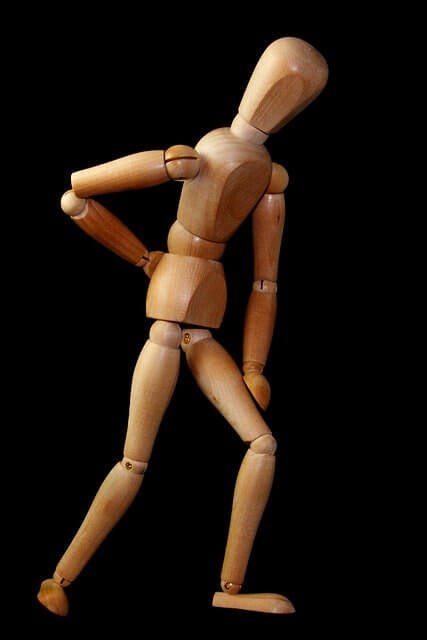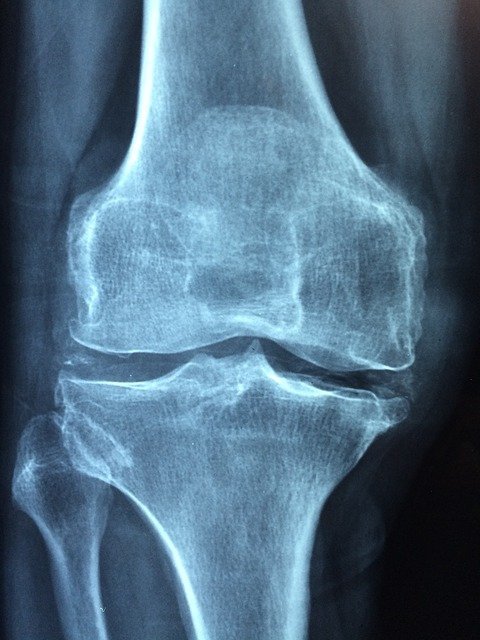Questions and Answers on Hijama and Cupping
Questions and Answers on Hijama and Cupping
What is Hijama / Cupping ?
Hijama, also known as cupping therapy, is an ancient healing practice that involves the use of cups to create suction on the skin. The practice is believed to have originated in China more than 2,500 years ago and has been used in various cultures around the world to treat a wide range of health conditions. Its practice may have originated in China but is practiced across all of Asia, in Eastern Europe, the Middle East, and Latin America to different degrees.
Hijama is an ancient healing practice that has been used for centuries to improve overall health and well-being. It is believed to have a positive effect on circulation, the nervous system, and various health conditions. It is also considered a safe and effective form of alternative medicine, when done by trained practitioner. However, it’s always best to consult with a healthcare professional before starting any new form of treatment.
Hijama / cupping is an ancient practice whose origins are shrouded in mystery with various techniques and approaches being used in different geographic locations using locally sourced materials e.g. horns, glass, ceramic, metal, bamboo, and plastic in places as far afield as Egypt, China and Latin America.
One of the first documented references to cupping therapy is on Eber’s papyrus (1550 BCE) in North Africa where a cup is the Egyptian glyph to represent a physician. During the Jin dynasty, Ge Hong (281-341 CE), the use of animal horns is mentioned as a means of draining fluids from the body. In Islamic texts it is mentioned as a “cure for every disease” and subsequently recommended by the Al-Qanun Fi’l-Tibb, Canon of Medicine (1025CE).
Cupping therapy is an alternative treatment therapy in which local suction is created on the skin.
Benefits of Hijama
One of the main reasons people choose to undergo hijama is to improve their overall health and well-being. The suction created by the cups is thought to stimulate the flow of blood and other fluids in the body, which can help to remove toxins and other harmful substances. This can lead to improved circulation, which can help to reduce pain and inflammation, as well as boost the immune system.
Hijama is also believed to have a positive effect on the nervous system. The suction created by the cups is thought to stimulate the nerve endings in the skin, which can help to reduce stress and tension, and improve overall mood and emotional well-being.
Hijama is also believed to be beneficial for skin health. The suction created by the cups is thought to improve the elasticity and tone of the skin, as well as reduce the appearance of wrinkles and fine lines.
Hijama is considered a safe and effective form of alternative medicine and can be done by trained practitioner as well as in home setting with proper guidance. It is important to note that hijama should not be used as a substitute for conventional medical treatment and it’s always best to consult with a healthcare professional before starting any new form of treatment.
Hijama and Islam
Hijama is considered to be a form of medicine that is believed to have been practiced by the Prophet Muhammad (peace be upon him) and his companions. In the Islamic tradition, hijama is considered to both heal the body and also be a form of “ruqya” or spiritual healing. It is believed to be a way to remove harmful toxins and negative energy from the body, and to promote overall health and well-being. Some practitioners of hijama also believe that it can be used to treat certain illnesses and diseases.
Prophet Muhammad (peace be upon him) has encouraged the practice of hijama and said that it has healing for every disease except death. The angels during the Prophet Muhammad’s (peace be upon him) journey to the heavens directed him to tell his people to do hijama. In many Islamic countries, hijama is still widely practiced by traditional healers and some Islamic medical practitioners, particularly in rural areas where access to modern medical care is limited.

Which Diseases can be Treated by Hijama / Cupping
Cupping / Hijama therapy has been used for a wide range of medical conditions which range from fevers, back pain, headaches, shoulder pain, poor appetite, general tiredness, exhaustion, indigestion, blood pressure, acne, dermatitis, psoriasis, anemia, stroke rehabilitation, nasal congestion, sinus, infertility, and menstrual period cramping. Check out the list of treatment plans.
Research on Hijama
People choose to undergo hijama is to alleviate specific health conditions and their now is some research online supporting its use to treat a wide range of conditions, including headaches and migraines, skin conditions, arthritis, back pain, and menstrual cramps, to name a few. It is also believed to be effective in treating respiratory conditions, such as asthma and bronchitis.
Research is beginning to emerge on the efficacy of hijama / cupping therapy but due to the customised approach to treatment and a lack of research grants, these studies are small and lack thorough peer review. Check out a summary hijama / cupping presentation.
Different Types of Hijama
Hijama, also known as cupping therapy, is a traditional healing practice that involves the use of suction cups on the skin. There are several different types of hijama that are used for different purposes and on different parts of the body.
Dry cupping
In this method, a dry cup is applied to the skin, creating suction through the use of a hand pump or by heating the air inside the cup.
Wet cupping
This method involves making small incisions in the skin before applying the cup. The suction created by the cup draws out a small amount of blood, which is believed to have healing properties.
Massage / Moving Cupping
Massage cupping or moving cupping is conducted using lightly suctioned cups glided over the body to aggravate blockages and blood in the body and improve healing and function. It acts as a form of reverse massage over tight muscles and myofascial providing deep tissue release. This form of cupping is particularly useful for muscular imbalances.
Flash cupping
This method involves rapidly applying and removing cups from the skin in succession. This can be used to treat conditions such as colds and flu.
Facial cupping
This method involves the use of small cups on the face to improve skin tone and reduce wrinkles.
Fire cupping
This method involves heating the air inside the cup before applying it to the skin. This can create a stronger suction and is believed to be more effective for certain conditions.
Magnetic cupping
This method uses magnetic cups that are believed to increase blood flow and promote healing.
Cupping therapy is used to treat a variety of conditions, including pain, muscle tension, and fatigue. It is also used to promote relaxation and improve overall wellness. It is important to note that cupping should be performed by a trained practitioner and that it is not recommended for individuals with certain medical conditions such as blood clotting disorders, varicose veins and certain skin conditions.
Negative Effects of Hijama
Bruising and skin discoloration are inevitable adverse effects but any blistering should be avoided at all costs. Furthermore treatments should never be applied in a group setting and only single use equipment should be used. Glass cups used in fire cupping add to the risk of accidents and cross contamination. Appropriate sterilization practices and after treatment care should be given to reduce marks and speed up healing.
Overall there is a low risk of harm, never the less hijama should always be conducted by a Certified Hijama/Cupping Therapist who uses appropriate asceptic technique (to avoid cross contamination) and has a good understanding of anatomy.



